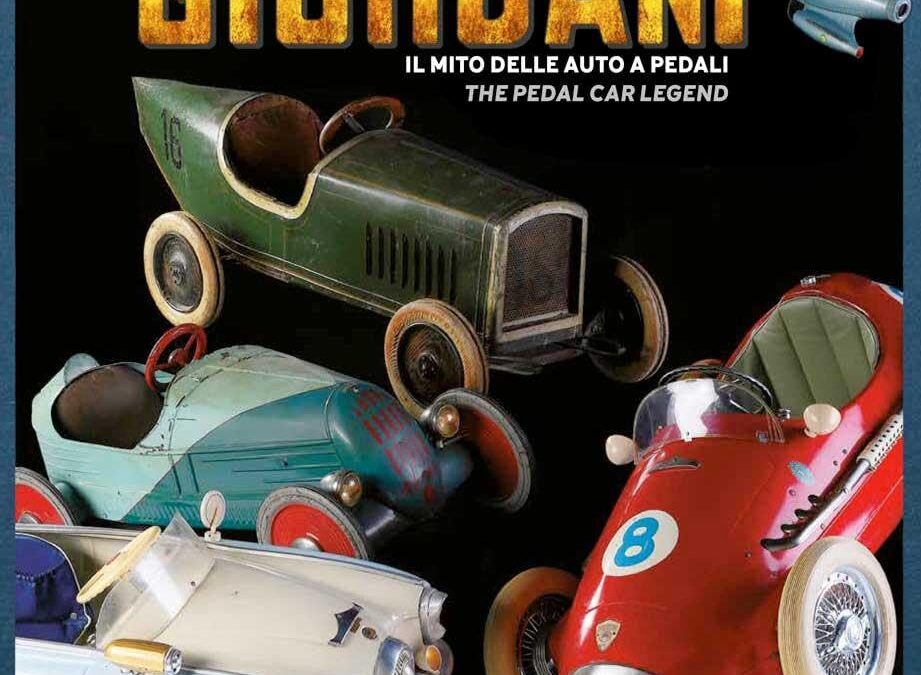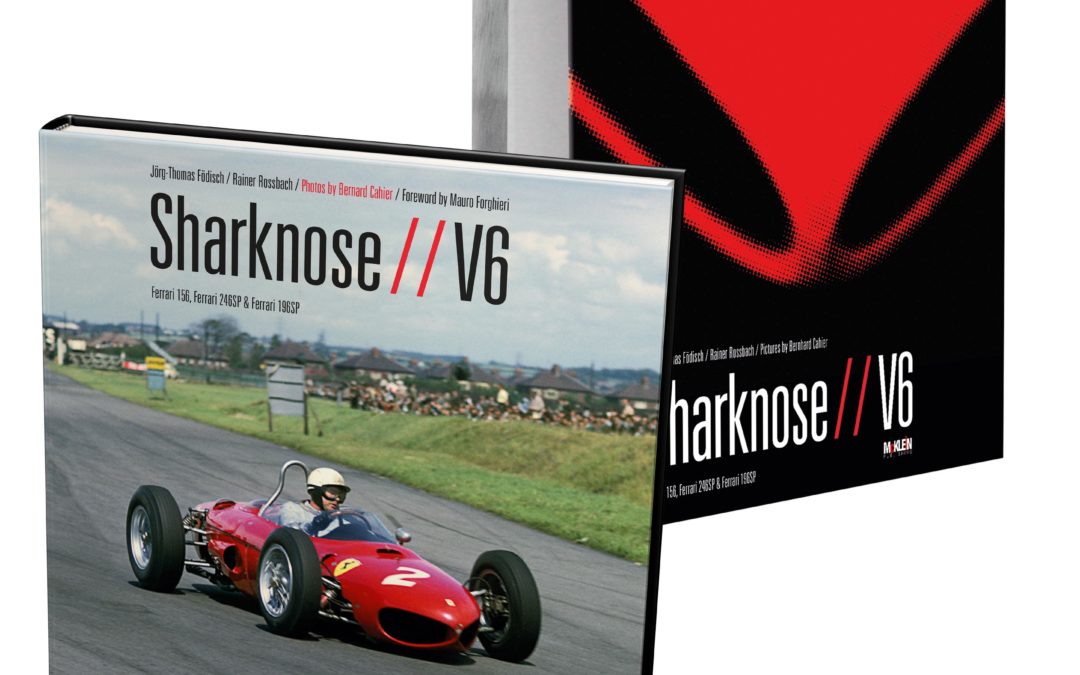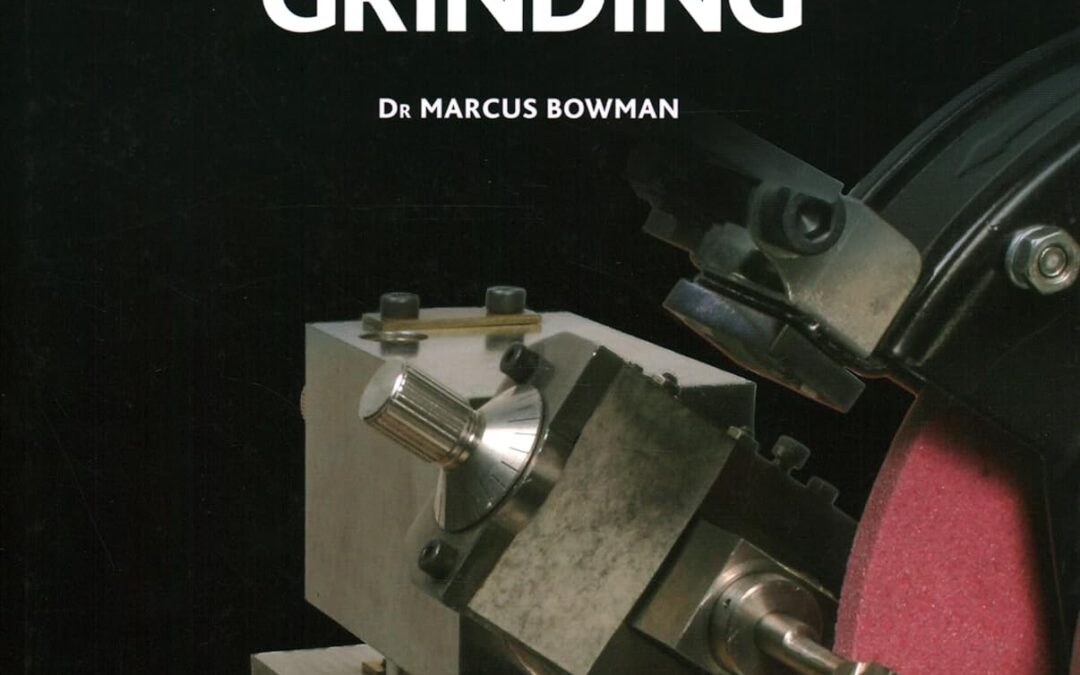
The cutting edges on engineering tools must lie at precise angles to ensure effective cutting, and sharpening must recreate the original geometry of each tool. This book provides an understanding of what is involved in sharpening typical lathe, milling, drilling and threading tools. With over 550 photographs and illustrations this new book covers sharpening techniques for the most commonly used engineering tools, screwdrivers and gravers, lathe, milling, reaming, drilling and threading cutters. It identifies the two principal types of workhead, and discusses the ways in which their geometry affects typical sharpening setups. It teaches how to use the three basic movements of swing, tilt and rotate to position a tool against a grinding wheel to ensure correct tool angles and sharp cutting edges. Contains useful tables for setting cutting and clearance angles and provides general advice on tool and cutter grinders, and includes examples of the use of workholders to suit a range of tools. Includes information on abrasive materials and the types and shapes of grinding wheel suitable for use on a tool and cutter grinder. Finally, it shows photos of accessories that can be made to simplify setups, including workheads, toolholders and fixtures used to hold circular saws, parting tools and dies, as well as an angle gauge to quickly set clearance angles on reamers and milling cutters.
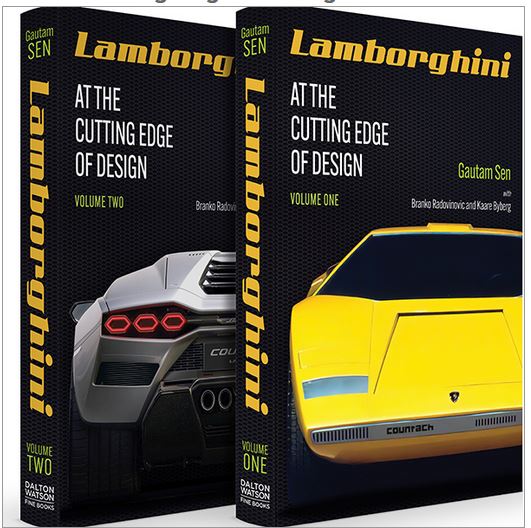
It has been said that “Lamborghini is a carmaker that makes engines, the job of the designers was to design the engine cover.” Yet, in its almost six decades long history, the supercar maker has constructed just four different engines.
However, it has been a series of models with remarkable, groundbreaking shapes, each one a veritable design revolution that has really set Lamborghini ahead of other marques. Cars like the Miura, Espada, Urraco, Countach and the Diablo astounded and startled automotive fans as much with their daring shape, form and aesthetic purity, as they did with their second-to-none engineering.
This book celebrates the design history of Lamborghini through numerous period reports and previously unpublished images. It delves into the extraordinary shapes and forms, as well as the intrepid personalities with interviews of design greats—Marcello Gandini, Luc Donckerwolke, Walter de Silva, Filippo Perini and Mitja Borkert—who made Lamborghini what it is today.
- 2 volumes with dust jackets in slipcase
- 784 pages
- 1,070 images
- Four fold-outs
- 219mm x 304mm
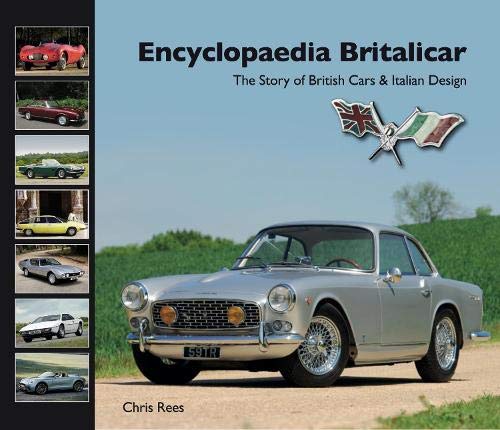
Celebrating the rich, deep partnership between the British car industry and Italian design, this book is packed with coachbuilt cars, design classics and concept cars from the 1920s to the current day. The story starts with the early days of coachbuilt cars on separate chassis from illustrious marques like Bentley, Frazer Nash and Rolls-Royce, which were bodied by such Italian coachbuilders as Pinin Farina, Viotti and Zagato. After World War Two came the golden era of coachbuilt cars, with Italian companies creating some of the world’s most beautiful shapes of all time on chassis from the likes of Aston Martin, Austin-Healey, Bristol, Jaguar, Jowett, MG, Riley and Rover.
Then came the era when Italian carrozzerie morphed into design houses, penning shapes for mass-produced cars like the BMC 1100/1300 and Triumph Herald, and crafting what are widely recognised to be some of the world’s most beautiful cars, such as the Aston Martin DB4, AC 428 and Lotus Esprit.
Finally came the era of the ‘concept car’, with incredible show designs based on British marques such as Jaguars by Bertone, the BMC 1800 Berlina Aerodinamica by Pininfarina and Lotus by Italdesign.
This book reveals the full stories behind the intense, diverse, sometimes surprising and always fascinating links between British cars and Italian design: the characters, the deals, the designs and above all the cars themselves.
Over 40 British marques are included, from AC to Wolseley, and from major names like Jaguar down to smaller operations such as Jensen, TVR, Elva and Gordon-Keeble. These are matched by more than 40 Italian carrozzerie, from Allemano to Zagato. As well as major collaborations – such as Pininfarina and BMC, Michelotti and Triumph, Touring and Aston Martin – myriad never-before-told stories of small operators really make this book special: the likes of Frua, Boano, Fissore, Monviso, Sibona-Basano and Schiaretti.
Richly illustrated with hundreds of period images, high-quality modern photography and dozens of sketches by the designers themselves – many never seen in print before – this is a book to relish for both lovers of design and enthusiasts of British and Italian cars.
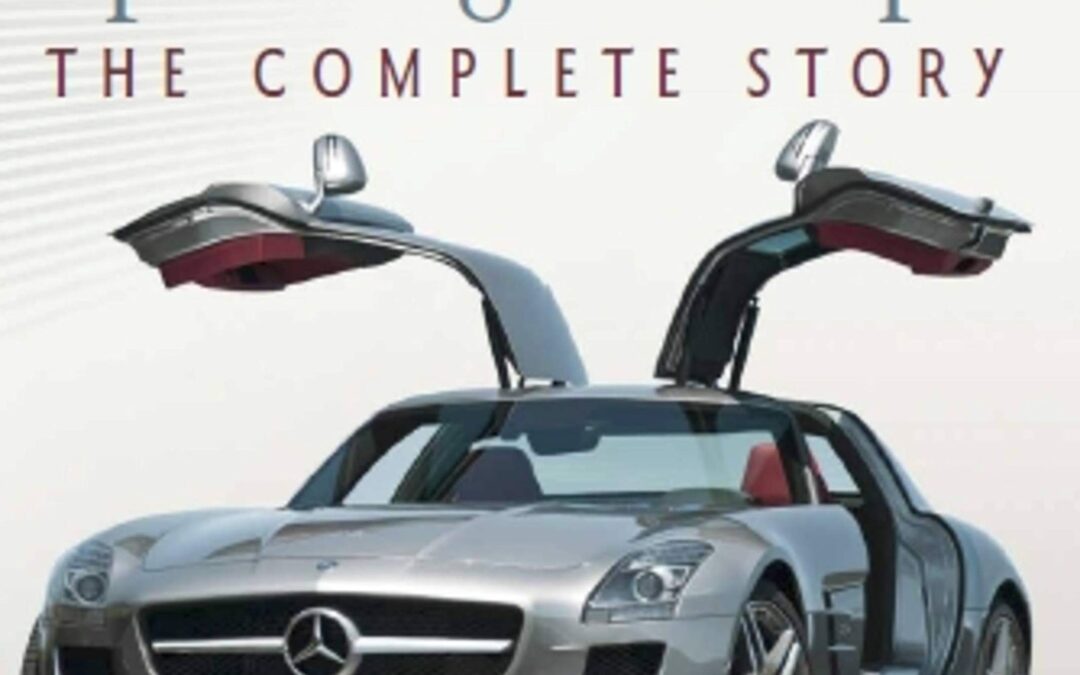
“Every Coupé from Mercedes-Benz has always embodied elegance on four wheels, whether today, 40 years ago or a century ago; our coupés are legends of each and every era in which they were built.” – Michael Bock, Head of Mercedes-Benz Classic
In the very beginning, the automotive industry was dominated by open-top vehicles whose body shapes were very much based on the horse-drawn carriage, there were open and closed carriages and then there was the Coupé. Mercedes-Benz is and has always been a trendsetter, not only in terms of technology, but also in design but what must never be underestimated was the idea of moving away from the ‘classic Coupé saloon style body but also what had become their corporate identity, the Mercedes-Benz, radiator grill.
With over 300 photographs and illustrations, this first volume of the Mercedes-Benz Coupe includes an overview of the early days of ‘Sports-Car’ design and the influences of aerodynamics on design evolution. The book discusses the early protagonists at Daimler-Benz and how they influenced design of the Coupe shape. It shows how the Racing Coupe influenced what became the production Sport Coupe, and covers the experimental and one-off prototypes and the continuation of the Super Sport Light concept through the ‘S-Class’ range.

Do you dream of restoring your own classic car? Or do you simply need affordable, time-tested techniques to keep your older model car looking good and on the road? Sargent provides the fundamentals you need to get started!
Drawing upon his extensive experience as a skilled instructor and metal man, Sargent details the basics of sheet metal repair with techniques that have been proven successful on the job and on the road. In this classic primer, Sargent demystifies metalwork with effective techniques for straightening sheet metal. With its emphasis on the basics, Automobile Sheet Metal Repair stands apart from other books on this subject for its remarkably detailed and precise directions. This guide imparts the essentials of everything you need to understand to get started, including:
- Working properties of sheet metal
- Shapes, reinforcements, and damage conditions common to body panels
- Basic repair operations used in metal straightening
- Uses and limitations of hand tools and shop equipment
Sargent asserts that a strong foundation of knowledge and determination are the key tools for success in this line of work. Initially published in 1961, Automobile Sheet Metal Repair remains a timeless primer that furnishes the fundamentals and provides an effective alternative to parts replacement for professional and shadetree mechanics interested in old-school bodywork.
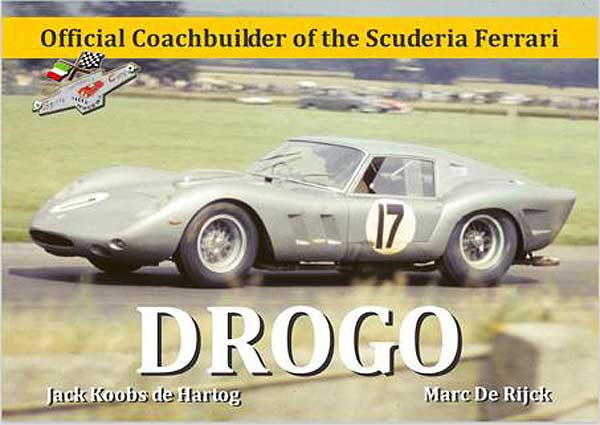
A book about Carrozzeria Sports Cars (popularly known as Drogo) is long overdue. Their vast body of work has never been properly documented.
To this day Carrozzeria Sports Cars remains largely uncharted territory to most cat enthusiasts. Even some Specialists (journalists, historians) seem to think that Drogo only produced a handful of bodies for Ferraris. In reality they made over 50 different body shapes for a variety of brands.
In an effort to draw some well-deserved attention to the fabulous legacy of Carrozzeria Sports Cars, we have endeavored to painstakingly reconstruct and document the vast body of work Piero Drogo, his associates and his workers have produced.
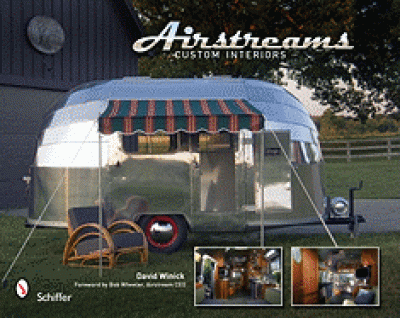
Few shapes rolling down the highway are as instantly recognizable as silver Airstream trailer homes. With over 200 sparkling color images and engaging text, this book presents David Winick’s adventure re-creating custom-built Airstream home trailers that date from1948 to 2007, including his 75th Anniversary Bambi trailer. The challenge of making functional and beautiful small living spaces helped drive the restoration work. Learn the process, beginning with empty shells and ending with rolling Airstream art. This book will enlighten the growing legion of Airstream aficionados, architects and designers with a passion for small space living, and all who have ever camped or admired an Airstream.
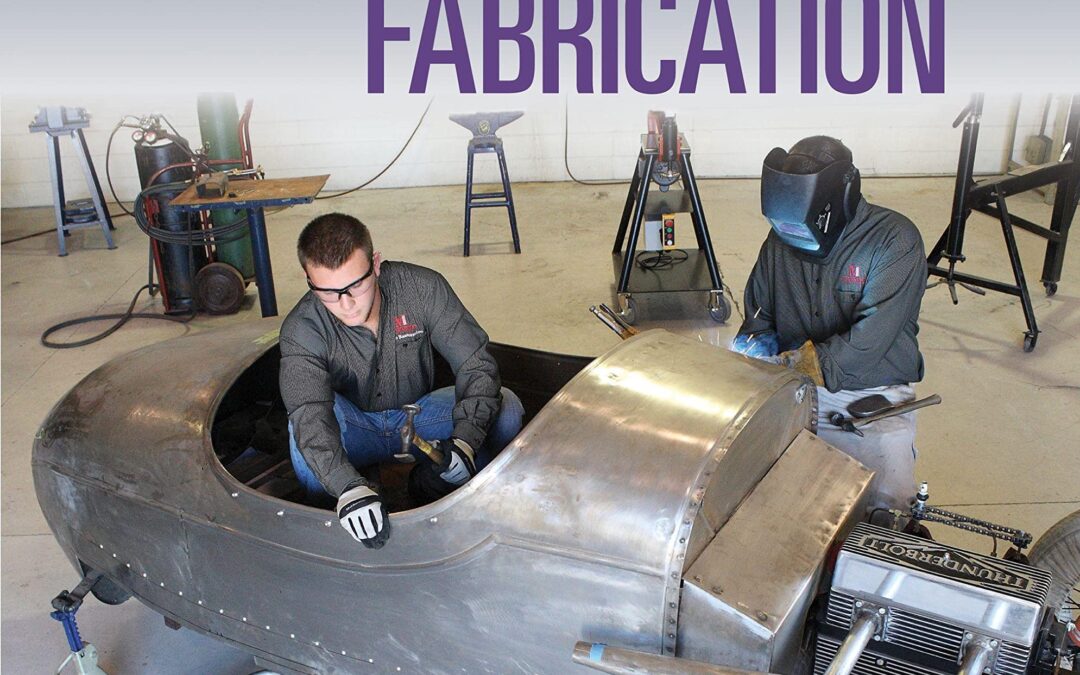
Professional Sheet Metal Fabrication is the number-one resource for sheet metal workers old and new.
Join veteran metalworker Ed Barr as he walks you through the ins and outs of planning a sheet metal project, acquiring the necessary tools and resources, doing the work, and adding the perfect finishing touches for a seamless final product.
From his workshop at McPherson College-home of the only accredited four-year degree in automotive restoration technology-Barr not only demonstrates how the latest tools and products work, but also explains why sheet metal reacts the way it does to a wide variety of processes. He includes clear directions for shaping metal using hand tools, the English Wheel, the pneumatic planishing hammer, and other machines, and discusses a variety of ways to cut and join metal through welding, soldering, brazing, and riveting.
Dent repair and automotive patch panel fabrication are covered in detail. Readers are also given tips on copying shapes and building foam, wire, and wood station bucks to use as guides during shaping. This is truly the most detailed enthusiast-focused sheet metal how-to book on the market. Whether you’re a metal hobbyist or experienced professional, you’re sure to find something new in Professional Sheet Metal Fabrication.

Once the flying machine was a practical proposition, its military use became evident and governments needed to develop a way of marking their property. Flying a flag was an obvious but ineffective and dangerous solution so painting the representation of the flag was the natural alternative.
The first known markings to identify nationality were used in the 1910 Bombing Competition in Vienna where each competing machine carried its national colors. Formalized in 1912, precise shapes and colors of military markings were initially introduced by France closely followed by Romania.
Organized by country in 2 volumes, Military Aircraft Insignia of the World brings together global markings from such countries as Abkhazia, Afghanistan, Chad and Iran through to Kenya and Kuwait. Over 500 insignia combine with contemporary photographs and a brief history of the military air activity of that country to provide a wealth of information for the aviation historian and modeller alike.
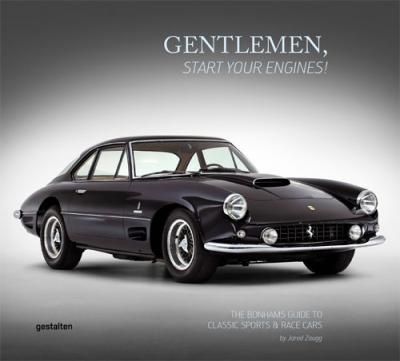
Bonhams is the world’s go-to source for classic race and sports cars. In this book, the auction house presents a selection of the most breathtaking models and tells their stories. It might only take a slight turn of the ignition, but firing up classic cars also makes great moments in automobile history come to life. Every page of Gentlemen, Start Your Engines! gives the reader a sense of the intensity of true automobile culture. Large-format images showcase sleek shapes and tactile vintage interiors in loving detail. The book was compiled by Jared Zaugg, a man who founded one of the coolest high-end motorcycle events in the world, the Legend of the Motorcycle: International Concours d’Elegance. Although Zaugg has mostly been associated with two-wheelers, in Gentlemen, Start Your Engines! he revels in his second passion–double the number of wheels and double the fun! In cooperation with Bonhams, the largest auction house for classic cars, Jared Zaugg reveals the undeniable icons of the scene. The book features a selection of models that go far beyond mere technical stats and gleaming chrome. Rather, they all offer something far more valuable: unique stories. These include the legendary Hurst Baja that Steve McQueen drove in an off-road race through the desert outside Las Vegas in 1968 until its axle broke. Or the famous Bugatti Brescia Type 22 from 2915 that lay on the bottom of Lake Maggiore for over 70 years before its remains were recovered in 2009. Then there are classic beauties such as the Aston Martin DB4GT, as well as a collection of historical vehicles that call to mind the origin of the word “horsepower” and the automobile’s humble beginning as a noble carriage. All the big names are included, but the focus is on what can be found behind the logos and the polished surfaces. With its striking photographs and compelling texts, Gentlemen, Start Your Engines! truly captures the feeling of these unique cars. As lovers of exclusive limited series, record-making vehicles, and legendary races themselves, Jared Zaugg and the team at Bonhams went all out in their efforts to collect the best of the best in this publication–and it shows. Gentlemen, Start Your Engines! is a book that celebrates cars. While it will inspire some to dream and fuel envy in others, it offers superb stories for everyone.
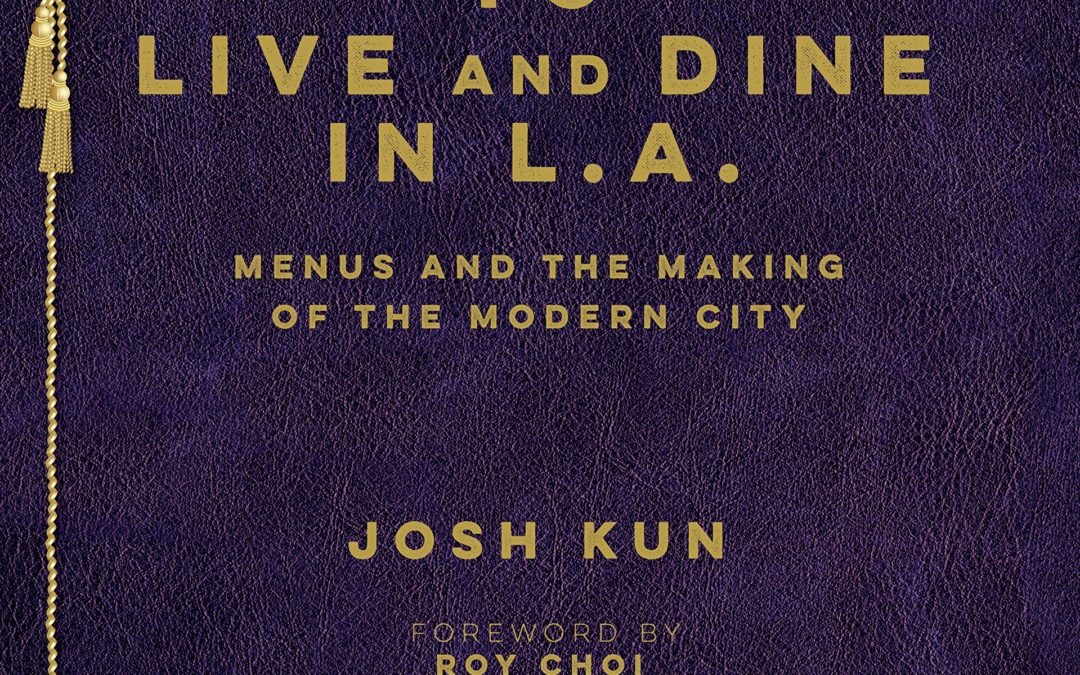
How did Los Angeles become the modern city the world watches? We know some of the answers all too well. Sunshine. Railroads. Hollywood. Freeways. But there’s another often overlooked but especially delicious and revealing factor: food.
Think veggie tacos and designer pizzas, hot dogs on sticks and burgers from golden arches, Cobb Salads and chocolate-topped ice cream sundaes, not to mention the healthiest dishes on the planet. Ask anyone who has eaten in L.A.–the city shapes the tastes that predict how America eats. And it always has.
In its fourth book collaboration with the Los Angeles Public Library and the Library Foundation of Los Angeles, Angel City Press releases To Live and Dine in L.A.: Menus and the Making of the Modern City by Josh Kun.With more than 200 menus–some dating back to the nineteenth century–culled from thousands in the Menu Collection of the Los Angeles Public Library, To Live and Dine in L.A. is a visual feast of a book.
But it’s more. Much more.
In his detailed history, author Josh Kun riffs on what the food of a foodie city says about place and time; how some people eat big while others go hungry, and what that says about the past and now. Kun turns to chefs and cultural observers for their take on modern: Chef Roy Choi sits down long enough to say why he writes “some weird-ass menus.” Pulitzer Prize-winning critic Jonathan Gold looks at food as theater, and museum curator Staci Steinberger considers the design of classic menus like Lawry’s. Restaurateur Bricia Lopez follows a Oaxacan menu into the heart of Koreatown.
The city’s leading chefs remix vintage menus with a 21st-century spin: Joachim Splichal, Nancy Silverton, Susan Feniger, Ricardo Diaz, Jazz Singsanong, Cynthia Hawkins, Micah Wexler, Ramiro Arvizu and Jaime Martin del Campo cook up the past with new flavors. And, of course, the menus delight: Tick Tock Tea Room, Brown Derby, Trumps, Slapsy Maxie’s, Don the Beachcomber, and scores more.
Kun tackles the timely and critically important topic of food justice, and shows how vintage menus teach us about more than just what’s tasty, and serve as guides to the politics, economics, and sociology of eating.
America is a dining-out nation, and our research indicates that L.A. has long been one of its top dining-out towns. The Library’s collection is a living repository of meals past, an archive of urban eating that tells us about the changing historical role of food in the city, which is to say it tells us about just about everything that food touches: economics, culture, taste, race, politics, architecture, class, design, industry, gender, to name just some of the themes that recur on menu pages.
Kun challenged contributors to tackle subjects that readers may have never contemplated. As the renowned L.A. chef Roy Choi points out in his Foreword to To Live and Dine in L.A.:
The more I looked at the menus, the more they told me about the city and how neighborhoods developed. But it was the menus that I couldn’t find that forced me to ask questions about how life really was. I started to think about how the city is now and if those missing menus were a reflection of life just as it is now. Were these menus of the affluent and middle-class? Were the working classes even eating with menus, or were they mostly eating at stands and carts? Were there disparities and access problems just like today? To Live and Dine in L.A. is the first book of its kind–the definitive way to read a menu for more than just what to order. It’s about how to live. And how to dine. In L.A.


